Filter by
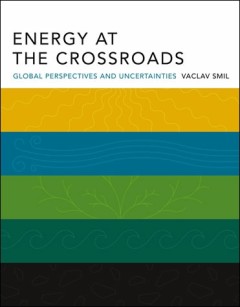
Energy at the Crossroads: Global Perspectives and Uncertainties
In Energy at the Crossroads, Vaclav Smil considers the twenty-first century's crucial question: how to reconcile the modern world's unceasing demand for energy with the absolute necessity to preserve the integrity of the biosphere. With this book he offers a comprehensive, accessible guide to today's complex energy issues -- how to think clearly and logically about what is possible and what is …
- Edition
- -
- ISBN/ISSN
- 9780262283847
- Collation
- 1 online resource (xiv, 427 pages) :illustrations, maps
- Series Title
- -
- Call Number
- -
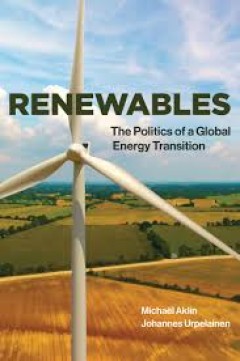
Renewables :the politics of a global energy transition
A comprehensive political analysis of the rapid growth in renewable wind and solar power, mapping an energy transition through theory, case studies, and policy.OCLC-licensed vendor bibliographic record.
- Edition
- -
- ISBN/ISSN
- 9780262344609
- Collation
- 1 online resource
- Series Title
- -
- Call Number
- -
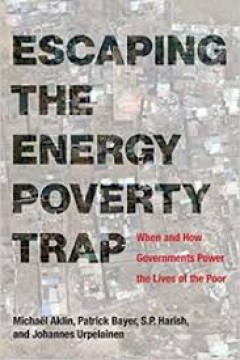
Escaping the energy poverty trap :when and how governments power the lives of…
The first comprehensive political science account of energy poverty, arguing that governments can improve energy access for their citizens through appropriate policy design.OCLC-licensed vendor bibliographic record.
- Edition
- -
- ISBN/ISSN
- 9780262349291
- Collation
- 1 online resource (viii, 317 pages)
- Series Title
- -
- Call Number
- -
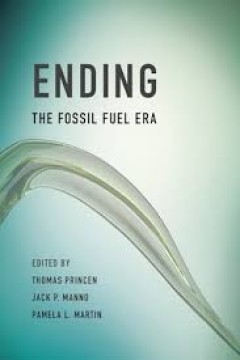
Ending the fossil fuel era
Not so long ago, people North and South had little reason to believe that wealth from oil, gas, and coal brought anything but great prosperity. But the presumption of net benefits from fossil fuels is eroding as widening circles of people rich and poor experience the downside. A positive transition to a post-fossil fuel era cannot wait for global agreement, a swap-in of renewables, a miracle te…
- Edition
- -
- ISBN/ISSN
- 9780262327077
- Collation
- 1 online resource (xii, 374 pages) :illustrations
- Series Title
- -
- Call Number
- -
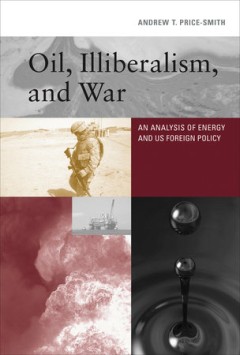
Oil, illiberalism, and war: An analysis of energy and US foreign policy
The United States is addicted to crude oil. In this book, Andrew Price-Smith argues that this addiction has distorted the conduct of American foreign policy in profound and malign ways, resulting in interventionism, exploitation, and other illiberal behaviors that hide behind a facade of liberal internationalism. The symbiotic relationship between the state and the oil industry has produced dev…
- Edition
- -
- ISBN/ISSN
- 9780262327527
- Collation
- 1 online resource (xxxiv, 210 pages) :map
- Series Title
- -
- Call Number
- -
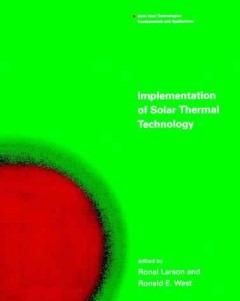
Implementation of solar thermal technology
Implementation of Solar Thermal Technology describes the successes and failures of the commercialization efforts of the U.S. solar thermal energy program, from the oil embargo of 1973 through the demise of the program in the early Reagan administration and its afterlife since then. The emphasis throughout is on lessons learned from the solar experience, with an eye toward applications to other …
- Edition
- -
- ISBN/ISSN
- 0585025541
- Collation
- 1 online resource (xii, 995 pages) : illustrations, maps.
- Series Title
- -
- Call Number
- 530 WES i
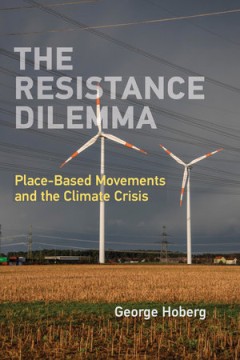
The resistance dilemma :place-based movements and the climate crisis
"The book focuses on a strategic choice by the North American wing of the global climate movement: to ally themselves with place-based interests, including Indigenous groups, to block new coal plants, coal port expansion, fracking, and more recently, oil sands pipelines. The strategy by climate activists to target fossil fuel infrastructure has been effective at movement building and driving po…
- Edition
- -
- ISBN/ISSN
- 9780262367158
- Collation
- 1 online resource.
- Series Title
- -
- Call Number
- -
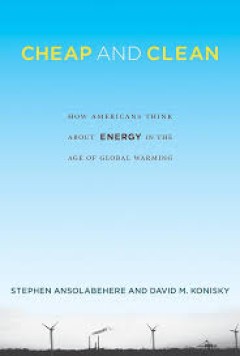
Cheap and Clean: How Americans Think about Energy in the Age of Global Warming
"How do Americans think about energy? Is the debate over fossil fuels highly partisan and ideological? Does public opinion about fossil fuels and alternative energies divide along the fault between red states and blue states? And how much do concerns about climate change weigh on their opinions? In Cheap and Clean, Stephen Ansolabehere and David Konisky show that Americans are more pragmatic th…
- Edition
- -
- ISBN/ISSN
- 0262321068
- Collation
- 1 online resource (x, 261 pages)
- Series Title
- -
- Call Number
- -
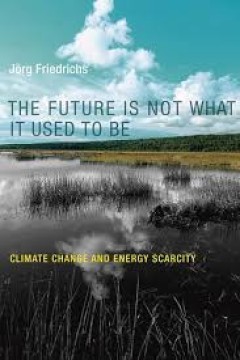
The future is not what it used to be : climate change and energy scarcity
"The future is not what it used to be because we can no longer rely on the comforting assumption that it will resemble the past. Past abundance of fuel, for example, does not imply unending abundance. Infinite growth on a finite planet is not possible. In this book, J?org Friedrichs argues that industrial society itself is transitory, and he examines the prospects for our civilization's coming …
- Edition
- -
- ISBN/ISSN
- 9780262316620
- Collation
- 1 online resource
- Series Title
- -
- Call Number
- -

Taming the Sun: Innovations to Harness Solar Energy and Power the Planet
How solar could spark a clean-energy transition through transformative innovation -- creative financing, revolutionary technologies, and flexible energy systems.OCLC-licensed vendor bibliographic record.
- Edition
- -
- ISBN/ISSN
- 9780262345606
- Collation
- 1 online resource (xvii, 371 pages)
- Series Title
- -
- Call Number
- -
 Computer Science, Information & General Works
Computer Science, Information & General Works  Philosophy & Psychology
Philosophy & Psychology  Religion
Religion  Social Sciences
Social Sciences  Language
Language  Pure Science
Pure Science  Applied Sciences
Applied Sciences  Art & Recreation
Art & Recreation  Literature
Literature  History & Geography
History & Geography